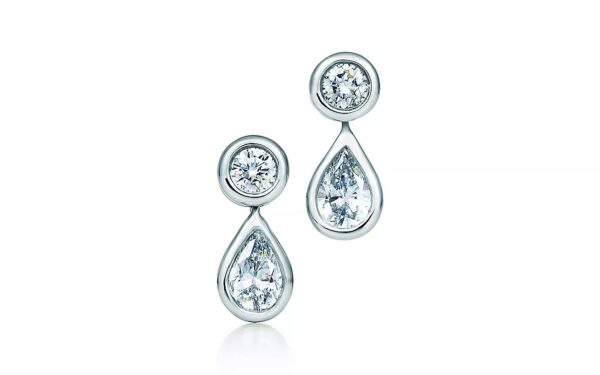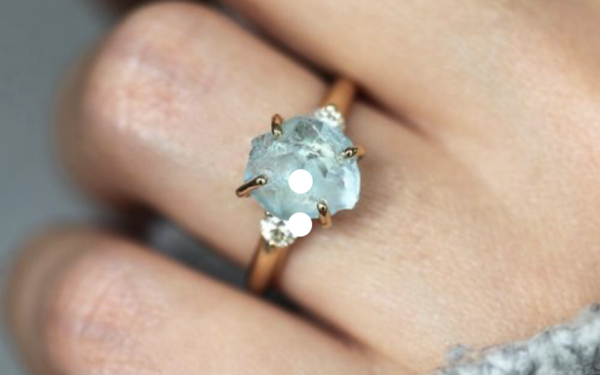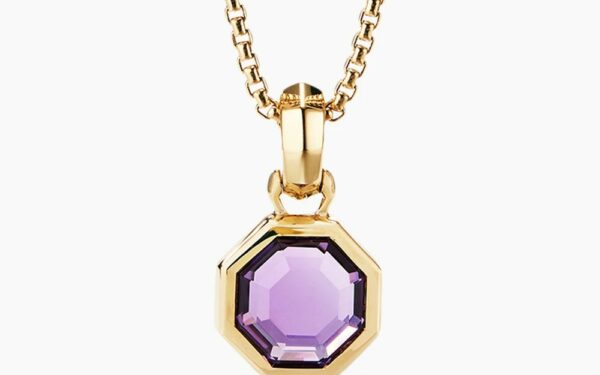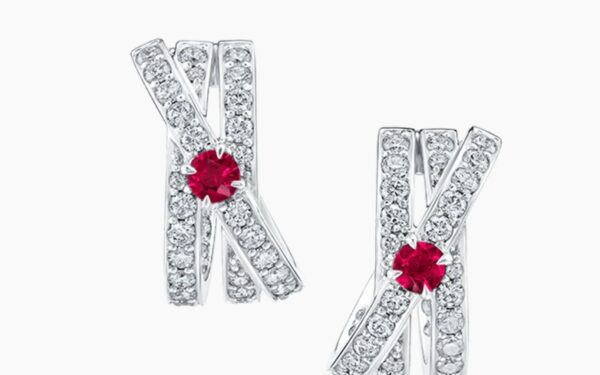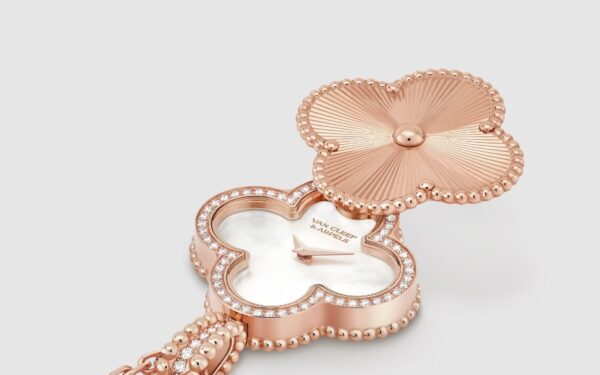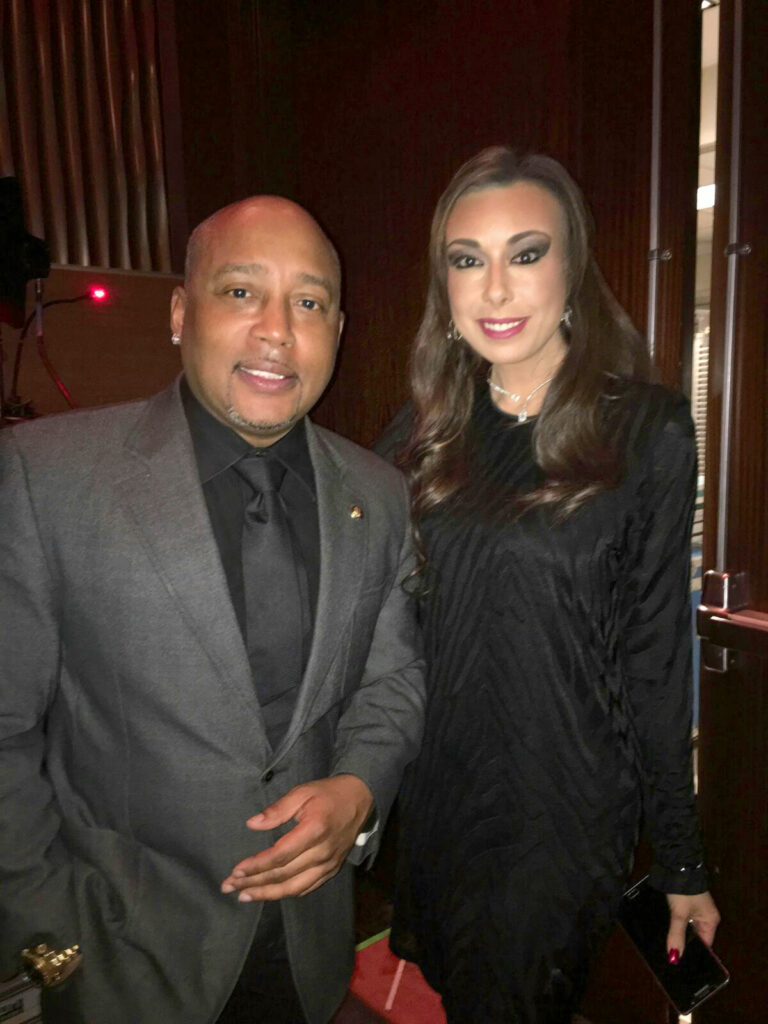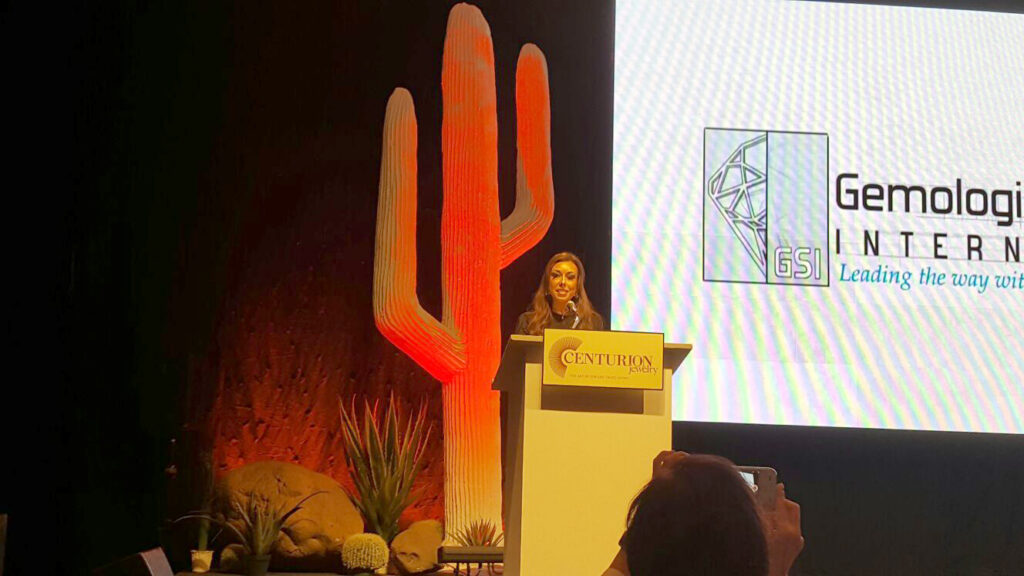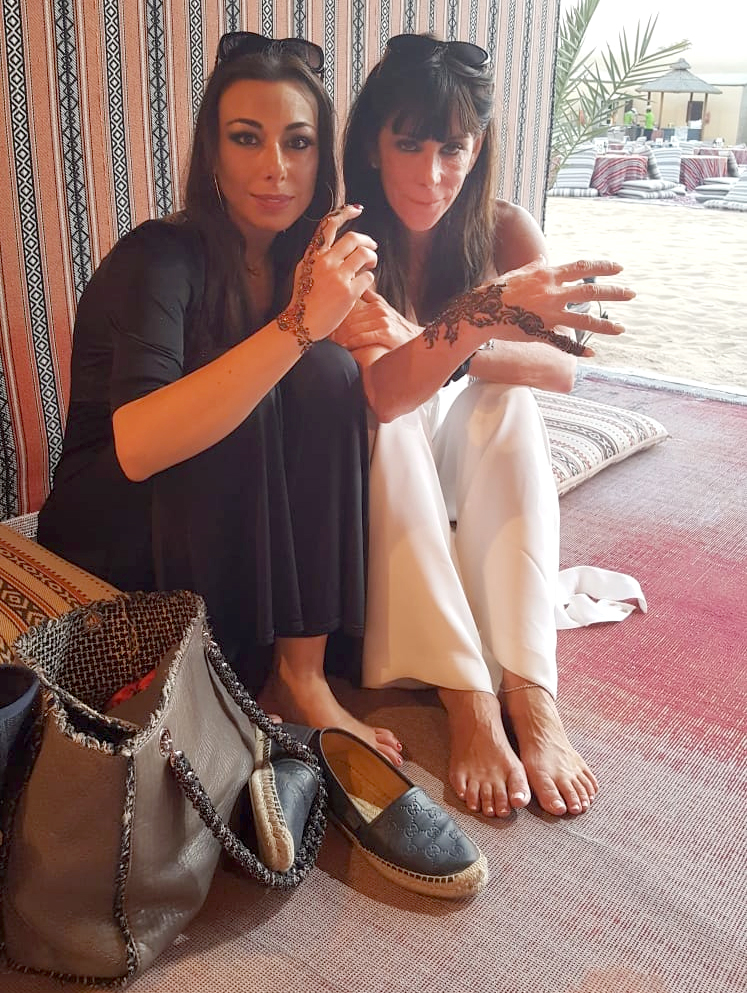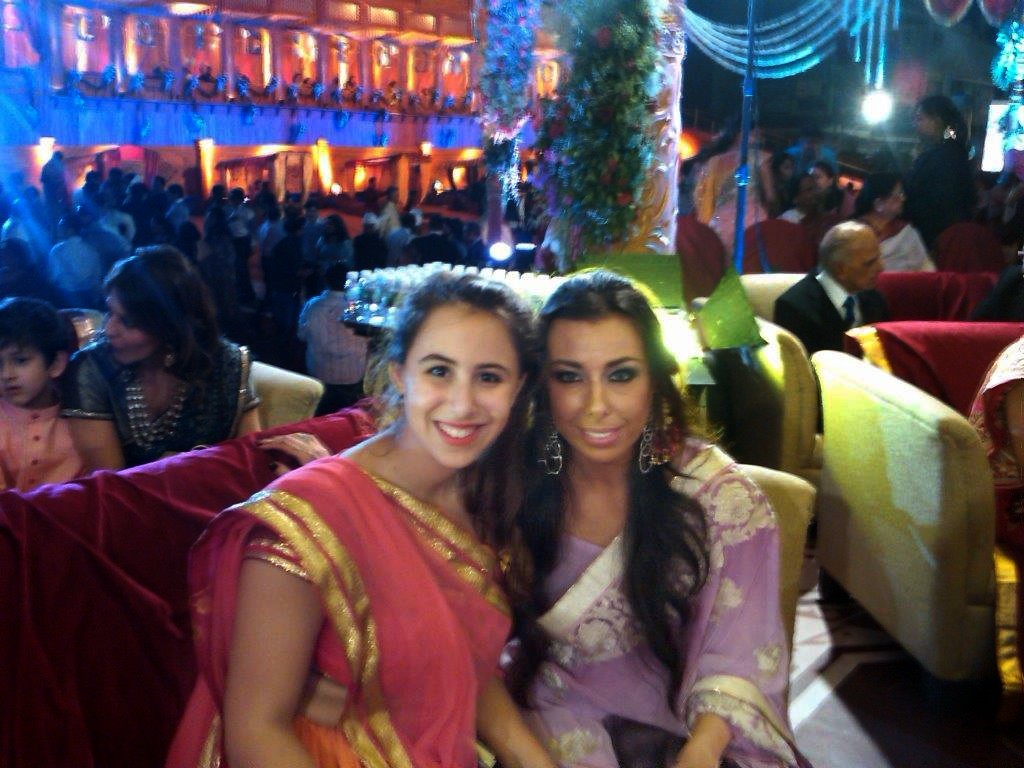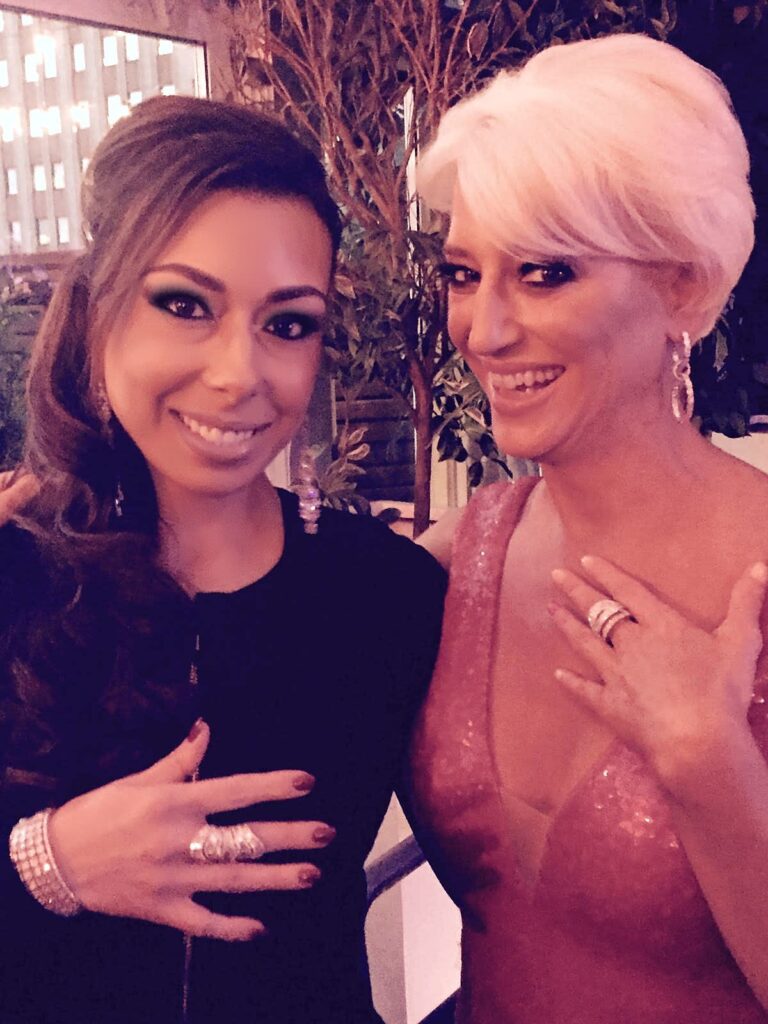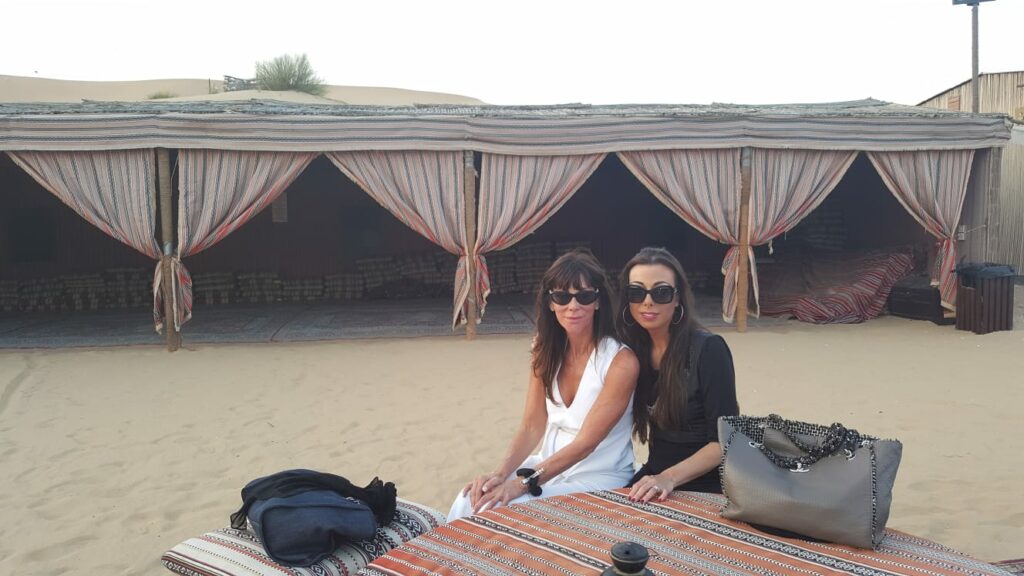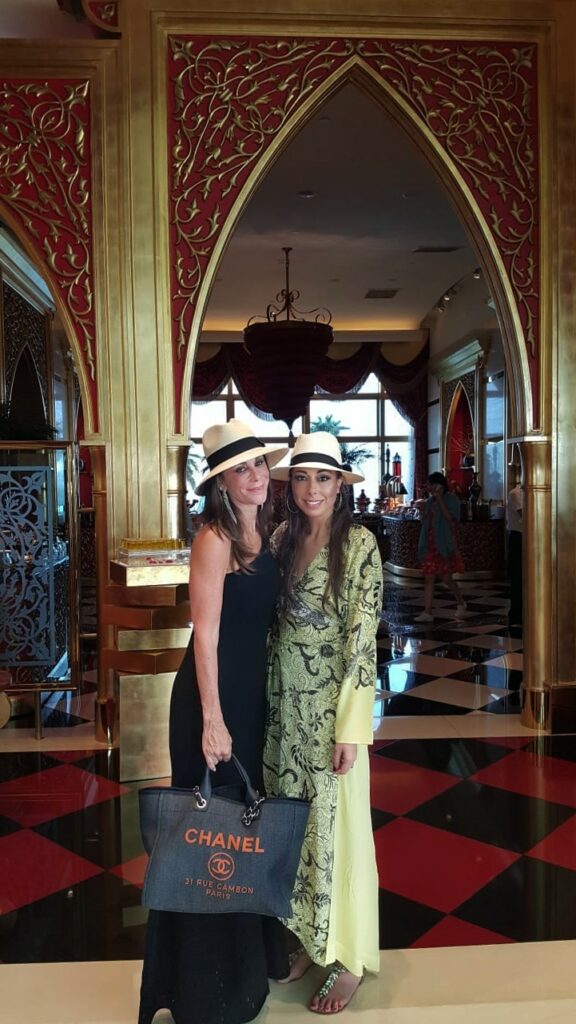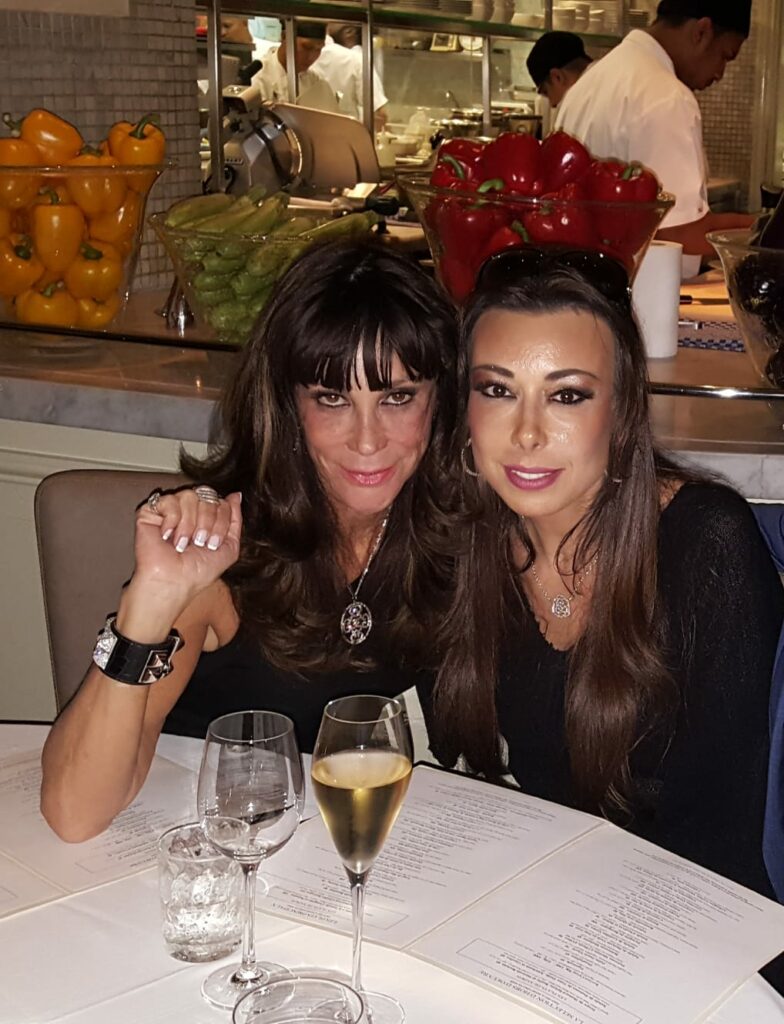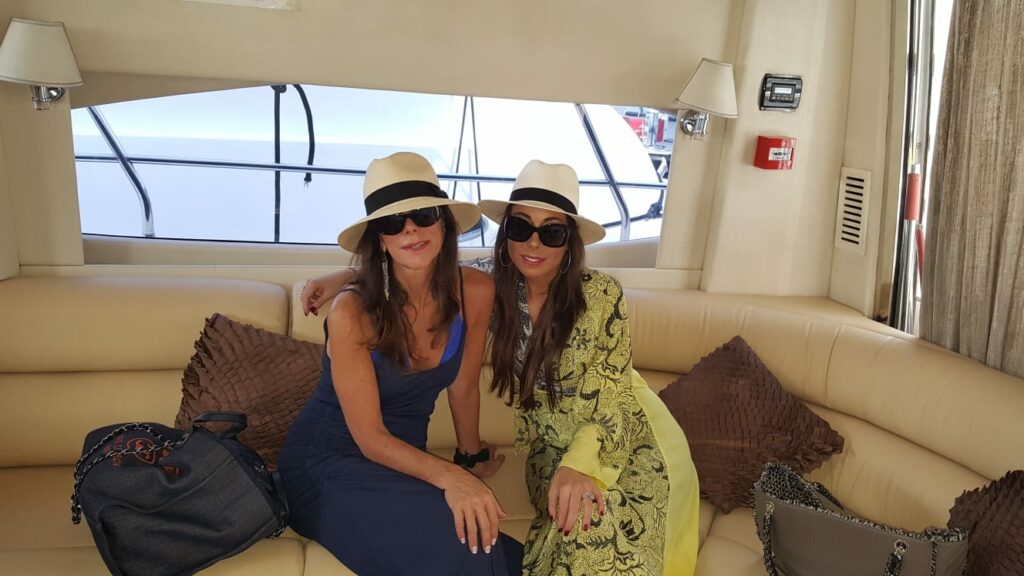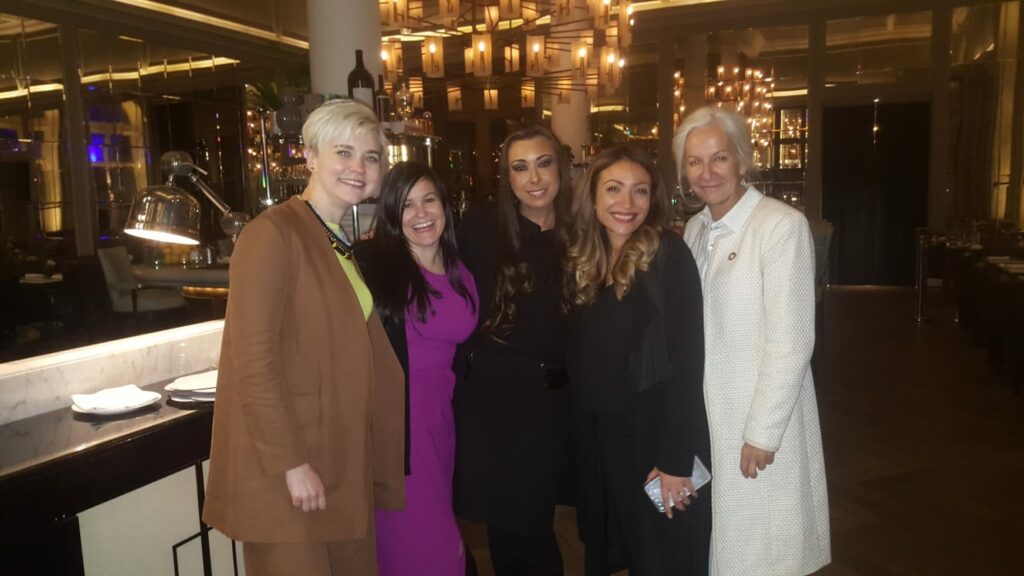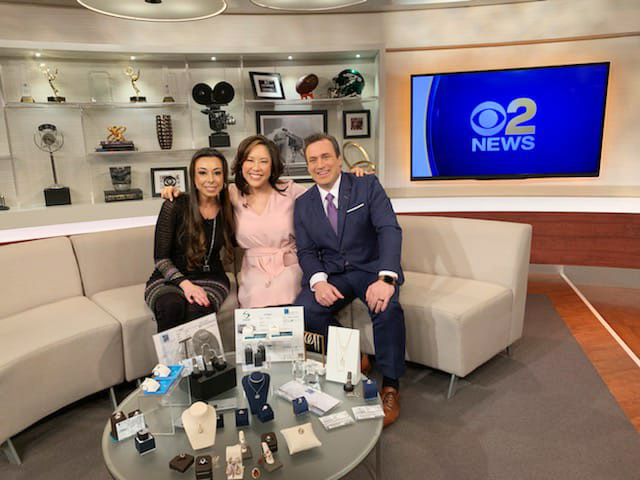Famous Diamonds: The Koh-I-Noor

If the name ‘Koh-I-Noor’ sounds exotic to you, it’s because the diamond it represents is exotic. The Koh-I-Noor diamond has a recorded history spanning close to eight centuries, with tales going back longer than that. While it is now among the British Crown Jewels, the Koh-I-Noor has existed for thousands of years. Follow along as we delve a little deeper into the origins and history of this precious gem.

Origins of the Koh-I-Noor Diamond
For millennia, the Indian subcontinent was the world’s only supplier of diamonds. The method of mining most used there is alluvial, so it is likely that the rough rock of Koh-I-Noor was mined in this way. The exact date of its discovery is unknown, with some sources claiming that it appears in Mesopotamian written records as far back as 3200 BCE.
The Koh-I-Noor’s first appearance in verifiable records is in 1635 when it sat at the very top of Mughal Empire’s Shah Jahan’s Peacock Throne.
Its recorded weight was 191 metric carats.
It was colorless and featured a Mughal-cut, an old cutting technique that closely followed the original rough structure of a gem.
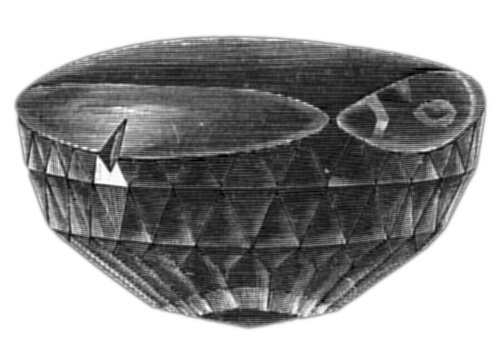
Journey of the Koh-I-Noor Diamond
104 years later, Nader Shah conquered Delhi and took the Peacock Throne. He fell in love with the diamond and gave it the name ‘Koh-I-Noor,’ which means ‘Mountain of Light’. He took the Koh-I-Noor to present-day Afghanistan and had it set into his armband. The legend of the Koh-I-Noor was that it was valueless. A consort of Nader Shah said if the air space between north, south, east, and west was filled with gold, the value of it would still be less than that of the Koh-I-Noor’s. Thus, rulers saw the diamond as a sign of power and wealth.
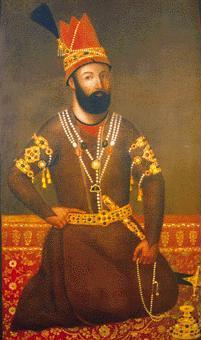
After Nader’s assassination in 1747, his grandson inherited the diamond. In 1751, he offered it to Ahmad Shah Durrani of the Afghan Empire in exchange for military support. Ahmad’s grandson, Shuja Shah Durrani, wore the Koh-I-Noor on his bracelet until he handed it over to India’s Ranjit Singh in 1813 in exchange for his support against the Russian invasion.
Ranjit Singh took the diamond and returned it to its original home in India. He wore it as an armlet during festivals and showed it off to dignitaries from different empires. Fearful of the Koh-I-Noor being stolen, Singh had it stored under heavy guard at the Gobindgarh Fort. It was transported wherever he went in a box carried by a camel, with 39 other camels carrying similar boxes acting as decoys. Only the empire’s treasurer knew which camel it was on.
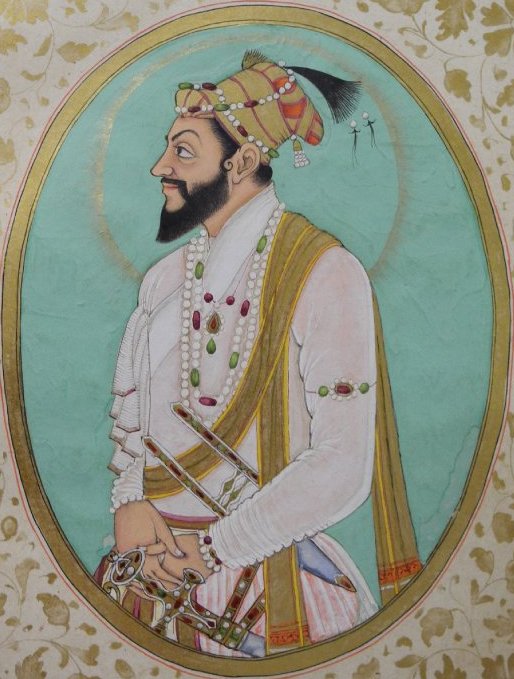
After Ranjit Singh’s death in 1939, the Koh-I-Noor spent 4 years passing through the hands of multiple Punjab rulers, many of whom were murdered violently.
The diamond’s reputation as a symbol of rightful rulership persisted, and the British pursued it relentlessly. In 1849, they imprisoned 10-year old heir-to-the-throne, Duleep Singh, and his mother. They forced him to sign a document that gave up Lahore’s sovereignty and ownership of the Koh-I-Noor to the colonial East India Company. This gave Queen Victoria possession over it.
The Koh-I-Noor’s Mughal cut was unimpressive to the British public, and so Prince Albert had it recut. It was resized to the size it keeps today: 105.6 carats. It is a brilliant-cut diamond with 66 facets, making it sparkle beautifully. His wife, Queen Victoria, wore it on a honeysuckle brooch. However, she apparently hated how they had acquired it and disliked wearing it.

The Koh-I-Noor Today
In 1902, the Koh-I-Noor was set in the Imperial Crown worn by Queen Alexandra, the wife of Edward VII.
In 1911, George V’s wife Queen Mary wore it as part of her crown.
In 1937, George VI’s wife Queen Elizabeth wore it on the Queen Mother’s crown, which was reverently placed on her coffin in 2002.
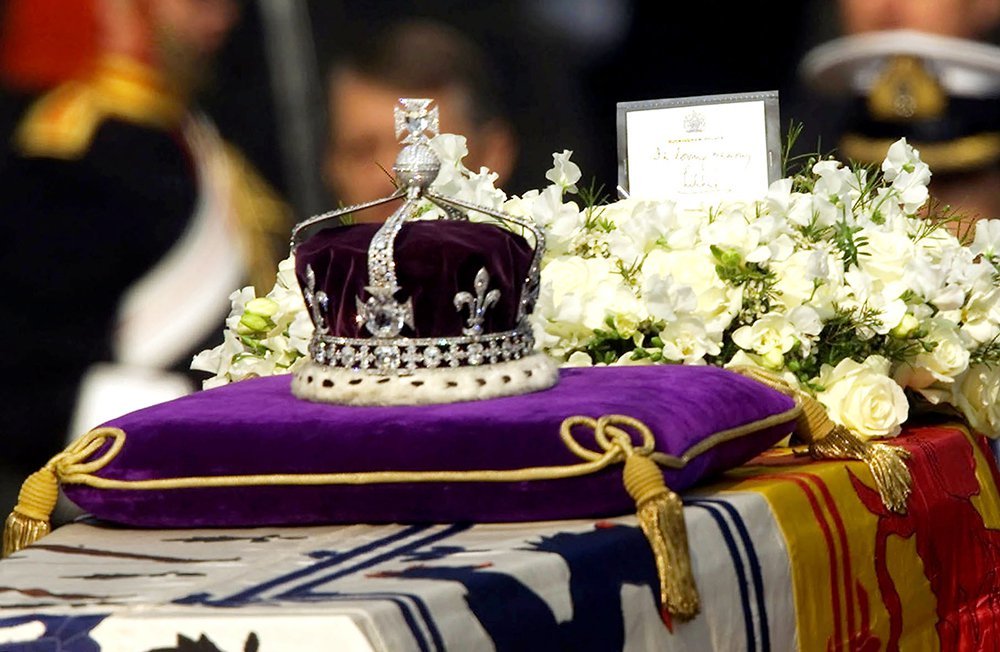
The ownership of the diamond is still in dispute, with the Government of India, Pakistan, and the Taliban of Afghanistan demanding it be returned to them. The British Government is adamant that the diamond belongs to them. The British Government is also reluctant to return it. Thus, the beautiful ‘Mountain of Light’ remains one of the most valuable gems in the British Crown’s possession.
Diamonds carry a lot of history. Read more stories about the most famous diamonds of all time.
Famous Diamonds: The Tiffany Yellow Diamond
Famous Diamonds: The Golden Jubilee
Famous Diamonds: Cullinan I & II
Famous Diamonds: The Incomparable Diamond
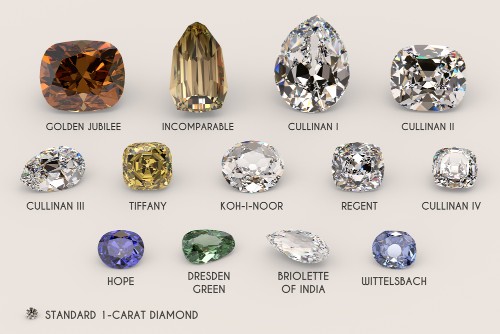
About The Author
Debbie Azar is the Co-Founder and President of Gemological Science International (GSI), one of the largest gemological organizations in the world, and a distinguished leader in the global diamond and jewelry industry. As an executive with extensive knowledge of the jewelry and gem lab industries, her entrepreneurial skills and vision have helped GSI achieve rapid and continuous growth worldwide, establishing 13 leading-edge gemological facilities on four continents. She currently serves on the boards of the Jewelers Vigilance Committee, Responsible Jewellery Council, and Jewelers for Children, and is a member of the 24 Karat Club of New York. She has been featured in Forbes, Daily Mail, Good Morning America, Bloomberg, Bloomberg Businessweek, Fox Business, Fox5, CBS2, BOLDTV, Varney&Co, The Street, and NASDAQ, among others.
